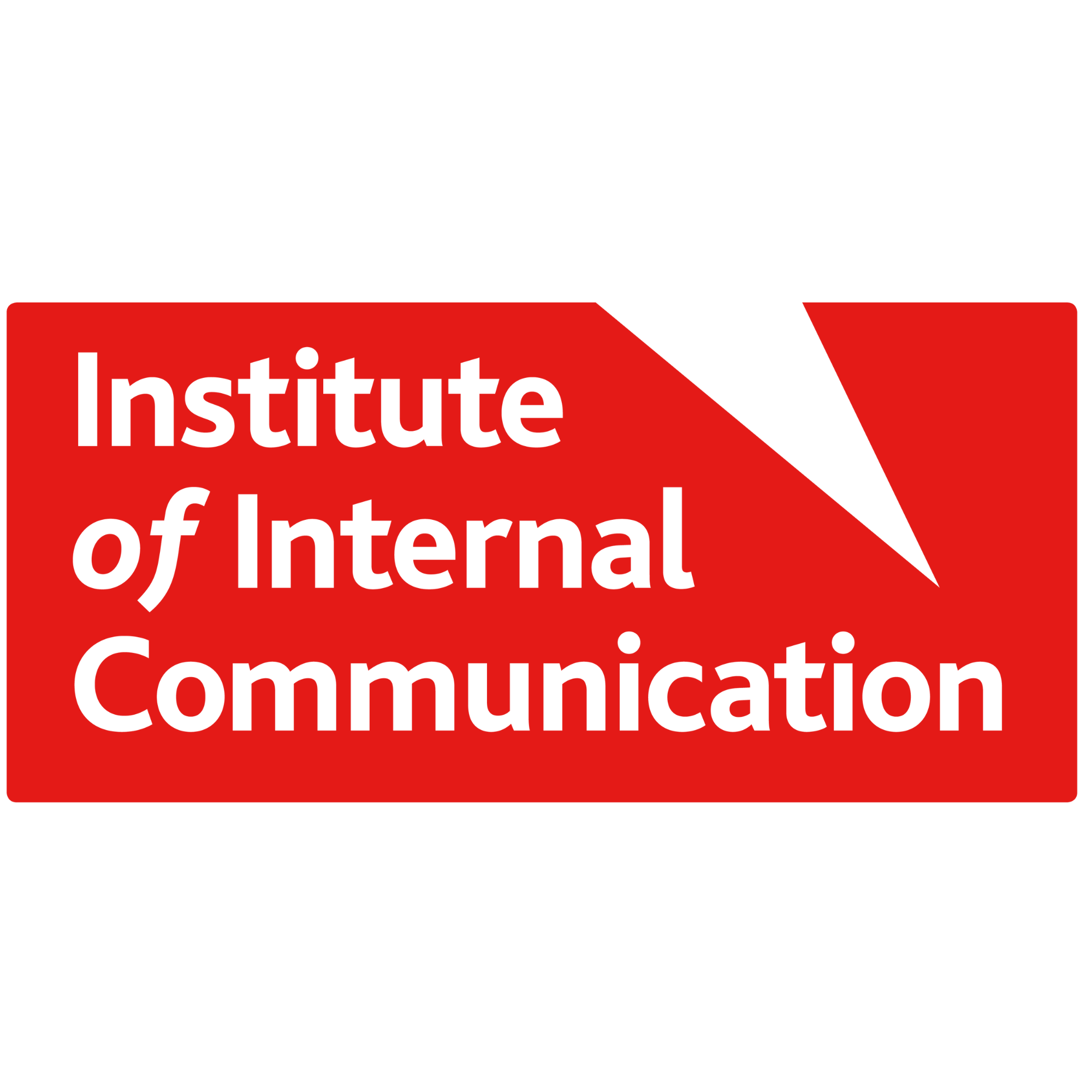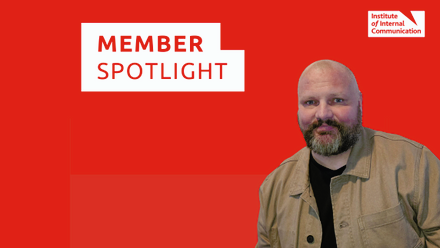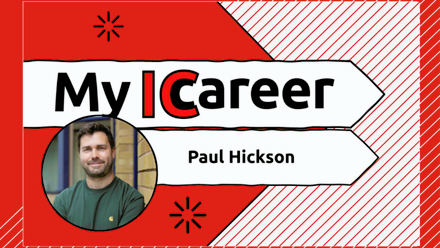After graduating this year, I’m now in the early days of a collaboration with communications and engagement consultancy Harkness Kennett. We’re about to offer remote support, coaching and bespoke audits, to IC professionals to help evolve S in ESG strategy, with employee needs specifically in mind.
The framework for this – in terms of both the thinking and methodology – is based on the final management report I completed for the Masters.
What’s the thinking?
My management report focused on organisational identification (a form of employee engagement, or emotional connection) with the employee-related S in ESG commitment in a UK business. I considered the relationship between this, employer brand and employee voice behaviour, and the implications for strategic IC. (Quick sidebar to all future Masters’ students…listen to your tutors and pick something much narrower!).
In a nutshell, I found…
Employee voice represents the thread that needs to run through everything; the thing that helps ensure emotional connection with the organisation and its goals. And with that emotional connection comes benefits for both people and business.
Employee voice is also the element required to ensure that employees ‘experience’ S in ESG commitments – as opposed to simply being ‘told’ them – and in a way that’s aligned with shared values. As well as being an antecedent to emotional connection, employee voice is also an outcome. In other words, when employees emotionally connect with their organisation, they’re more likely to help shape, call out and advocate for it.
Finally, there appears a disconnect between senior leaders and employees in the definition of employee voice. For leaders, it’s primarily about ‘feedback’. But, for employees, it’s more about contribution, challenge and genuinely feeling heard.
Strategic IC is central to all of this. IC professionals have a role in helping to create the conditions for employee voice. Also, in working with people at all levels to frame internal events and experiences in a way that influences thinking and behaviour in line with S in ESG goals.
Why the S in ESG?
ESG is an ever-growing business imperative, whether organisations publicly report on it or not. Also, there’s a strong argument for employee wellbeing to form the foundation of S in ESG strategy. Indeed, that’s what the majority of employers want to focus on over the next year. So says research I recently commissioned, based on a representative sample of 403 UK-based senior decision makers in 1,000+ employee organisations.
But there’s a risk that without improved joined-up thinking (i.e. fix the work, not just the individual) and without better involving employees - beyond an annual engagement survey - wellbeing programmes will remain disjointed and difficult to align with business outcomes.
So, this is about IC using employee voice to help leaders join the dots between culture, belonging and employee experience (via the Board-level wrapper of S in ESG); everything being interrelated and vital to improving wellbeing.
The backstory
I embarked on various strategic IC courses via the IoIC, culminating in the Masters, after almost 20 years in corporate communications (plus a few more years at the start in journalism). For the last 14 of those, I’ve run my own business.
Why strategic IC? I had a gut-feel that employees had a crucial role in reputation management (my main area of expertise) but that aspect is still largely overlooked by many organisations. You only need to look at the imbalance of internal and external communication budgets to see this. Yet, with access to more communication channels than ever before – outside, as well inside, the organisation and on a potentially global scale – employees have the power to make or break the reputations of organisations.
At the same time, I’ve spent pretty much my whole communications career working for workplace health and wellbeing focused businesses. And it dawned on me over recent years that there was a tendency for employee wellbeing, although very well-meaning, to be disjointed (i.e. the provision of mindfulness or counselling support, without looking at the impact of work), designed from the top-down without much, if any, employee input (more led by what competitors are doing), focused on helping individuals weather a storm (resilience training!) and somewhat tokenistic at times (i.e. mental health days).
This comes against a backdrop of work-related stress, depression or anxiety representing the top cause of working days lost in the UK. And productivity remaining low.
Employees are increasingly calling out such disconnects. Sometimes, in a very public way.
However, over the last 12 months, thinking in the workplace wellbeing industry seems to be evolving. There’s now a growing urgency to consider how the work and work environments can both positively and negatively impact health and wellbeing.
In other words, the time seems ripe for strategic IC professionals to get involved, by advocating – and helping create the conditions for – meaningful employee voice in all of this.






